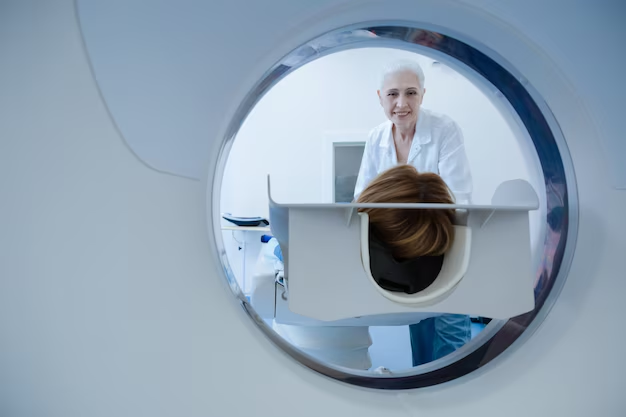How to Become a Magnetic Resonance Imaging Technologist
For those with a keen interest in the medical field and cutting-edge technology, becoming a Magnetic Resonance Imaging (MRI) Technologist might be the perfect career path. This rewarding role involves taking precise images of the body to aid in diagnosing medical conditions. To embark on this promising journey, certain educational steps and certifications are essential. Typically, pursuing an associate's degree in radiologic technology is the first step, providing foundational knowledge and skills. Some may choose to enhance their prospects with a bachelor's degree, which can offer more in-depth training and open doors to advanced positions.
Upon completing your formal education, obtaining certification is crucial. The American Registry of Radiologic Technologists (ARRT) offers an MRI certification that many employers require. This certification not only demonstrates your proficiency in operating MRI equipment but also signals a commitment to adhering to high professional standards. Upon passing the ARRT exam, aspiring technologists must also secure state licensure, which may vary by location. Continuing education is encouraged to stay updated with the latest advancements in MRI technology. Embarking on this career ensures a future where science and patient care intertwine beautifully, with MRI technologists playing a vital role in the diagnostic process.
Key Qualifications for Aspiring MRI Technologists
- 🎓 Associate's Degree in Radiologic Technology
- 📚 Bachelor's Degree in Radiologic Sciences (optional but recommended)
- 🏅 American Registry of Radiologic Technologists (ARRT) MRI Certification
- 🗒️ State Licensure (varies by state)
- 📈 Continual Professional Development and Education

Related Topics
- Becoming Dental Hygienist
- Becoming A Phlebotomist
- Dental Hygienist Duration
- Dialysis Tech Timeline
- Dialysis Technician Timeline
- Flight Paramedic Duration
- Hygienist Timeline
- Become Lab Tech
- Mammography Tech Timeline
- MRI Technologist Duration
- Nurse Technician Timeline
- Pathologist Assistant Timeline
- Pediatric Sonographer Timeline
- Pharm Tech Timeline
- Pharmacy Technician Timeline